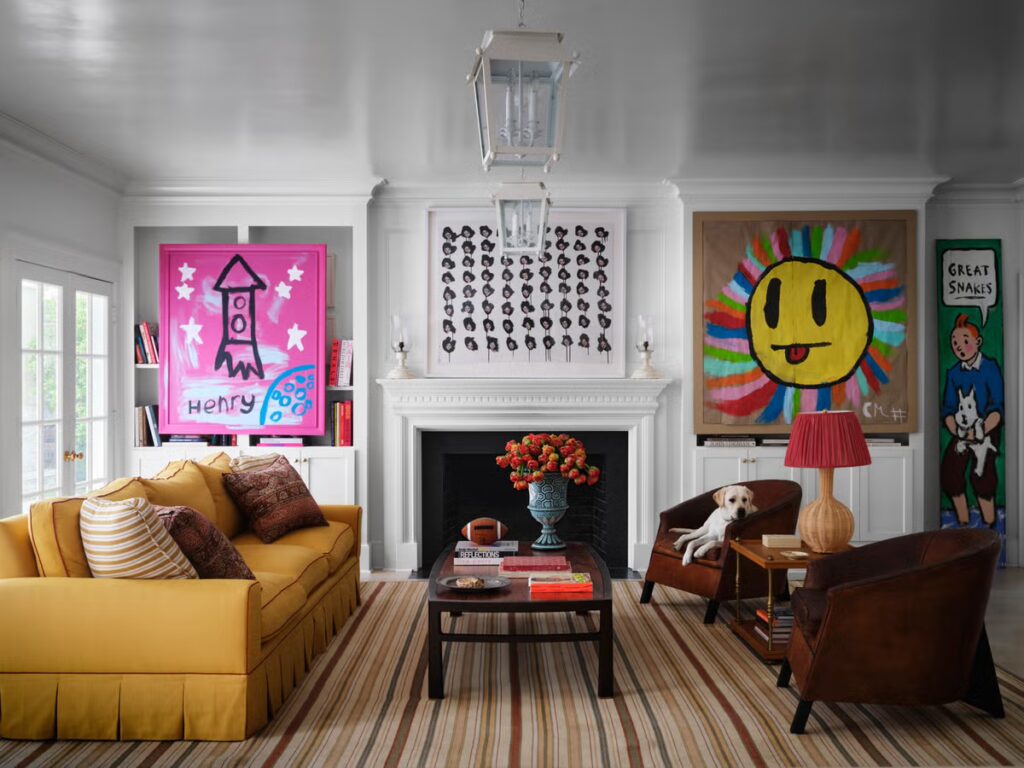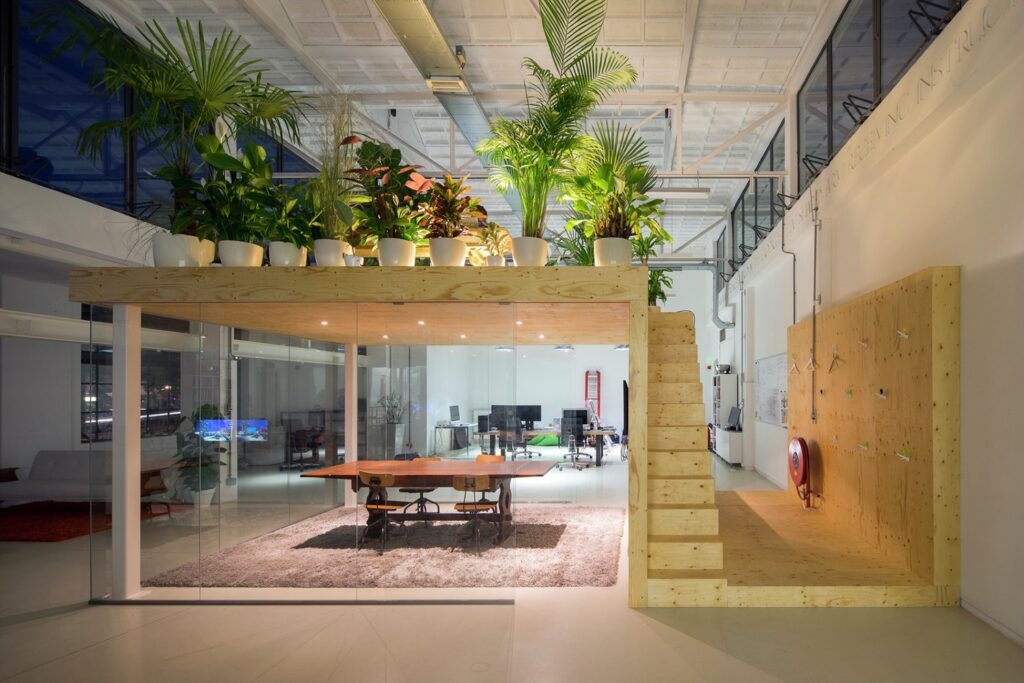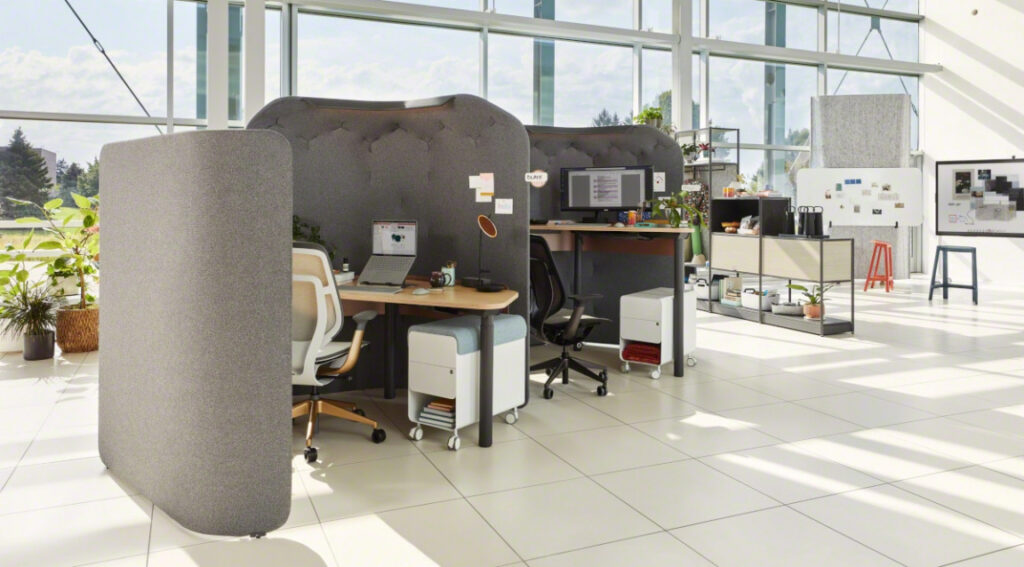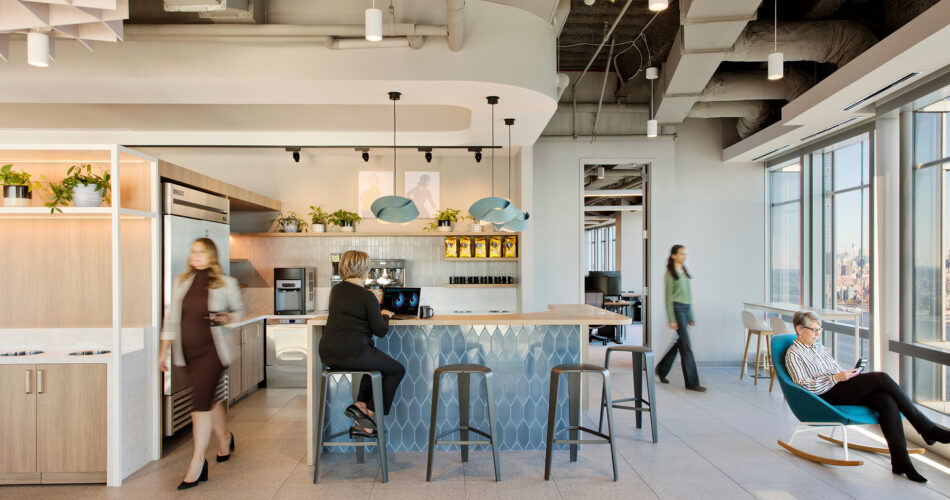As society becomes more interconnected, multi-generational living is becoming increasingly common. From grandparents moving in with their children to young adults returning home after college, designing spaces that accommodate a variety of needs is essential. Creating environments that are functional, accessible, and aesthetically appealing for all ages can enhance family life, improve social interactions, and make everyone feel at home. In this post, we’ll explore how to design spaces that cater to the unique needs of different generations, balancing comfort, style, and functionality.
1. Understanding the Needs of Different Generations

To create spaces that work for all generations, it’s crucial to first understand the distinct needs of each group:
- Young Children: For this age group, safety, stimulation, and flexibility are key. Rooms should be adaptable as children grow, with furniture and layouts that accommodate their changing needs.
- Teens and Young Adults: Teens need privacy, comfort, and spaces for both relaxation and study. These spaces should balance independence with family connectivity.
- Adults: Adults often seek functionality, comfort, and spaces to unwind after a busy day. They may need rooms that serve multiple purposes, such as home offices, gyms, or family entertainment areas.
- Seniors: For older adults, accessibility, comfort, and ease of use are essential. Features like wider doorways, no-step entries, and ergonomic furniture can make spaces more comfortable and safe.
By considering the specific needs of each age group, you can design spaces that feel welcoming and practical for everyone.
2. Designing for Safety and Accessibility
One of the most important considerations when designing for multiple generations is ensuring the space is safe and accessible for everyone. This is especially important when accommodating young children and elderly family members.
- Universal Design: This concept focuses on creating environments that are usable by everyone, regardless of age or ability. Universal design includes features like step-free entryways, ramps, and wide hallways that allow for easy mobility.
- Non-Slip Surfaces: In high-traffic areas, use non-slip materials like cork, rubber, or textured tiles to minimize the risk of falls, particularly in kitchens, bathrooms, and hallways.
- Adjustable Furniture: Consider furniture that can be easily adjusted for different heights, such as adjustable desks for young children or seniors with mobility issues. Additionally, using lightweight or modular furniture can make rearranging and customizing spaces easier.
- Lighting: Install bright, even lighting throughout the home, with special attention to areas like stairs, hallways, and bathrooms. Motion-sensor lights are especially useful for older adults or those with limited mobility.
- Why It Matters: Accessibility features ensure that all members of the household, regardless of their physical abilities, can use and enjoy the space comfortably and safely.
3. Creating Multi-Functional Spaces

In a multi-generational household, it’s often necessary to create spaces that can serve more than one purpose. With limited square footage, multifunctional design elements are key to maintaining a flexible living environment.
- Flexible Furniture: Furniture pieces like fold-out couches, extendable dining tables, and storage ottomans can serve multiple functions and help maximize space. This is particularly helpful when designing shared spaces like living rooms or dining areas.
- Home Offices: With more people working from home, incorporating a home office or study space that can be used by both adults and older children can create a more efficient, adaptable environment.
- Convertible Rooms: Consider rooms that can easily transform to accommodate different needs. For example, a guest bedroom can double as a playroom or home gym, or a family room can be reconfigured into a workspace when needed.
- Why It Matters: Multi-functional spaces enable family members to interact with each other while also respecting their need for personal space, which is especially important in homes with limited square footage.
4. Creating Spaces for Connection and Privacy

While it’s important to create shared spaces where family members can come together, it’s equally important to design areas that offer privacy and personal space. Striking a balance between the two is key to ensuring that all generations feel comfortable in their living environment.
- Open Concept Layouts: Open floor plans can help create spaces that encourage family interaction while maintaining a sense of flow. For example, a large kitchen with a central island can allow multiple family members to cook, eat, and socialize together.
- Private Retreats: Bedrooms should be designed as personal retreats, with comfortable furnishings and calming décor that cater to each person’s individual needs. For example, a teenager’s room may need a desk and seating area for homework, while a senior may prefer a space with easy access to a bathroom and seating for relaxation.
- Quiet Zones: Designate quiet zones in the home where individuals can unwind, read, or engage in hobbies without distractions. This could include a cozy reading nook, a meditation space, or even a small garden.
- Why It Matters: Creating spaces for connection allows families to bond and interact, while private retreats provide the necessary solitude and rest for each generation to thrive.
5. Incorporating Technology for All Ages
As technology plays an increasingly integral role in daily life, designing spaces that integrate technology effectively for all generations is becoming essential. However, it’s important to ensure that technology remains accessible to everyone, from tech-savvy teenagers to older adults who may not be as familiar with digital devices.
- Smart Home Features: Integrating smart home technology can be beneficial for all ages. For example, voice-activated assistants like Amazon Alexa or Google Home can help seniors control lighting, temperature, and security features with ease. Similarly, children can use voice assistants for educational purposes or entertainment.
- Tech-Friendly Spaces: Create designated areas for tech devices like gaming consoles, laptops, and tablets, ensuring that these spaces are ergonomically designed and comfortable for all users. Adjustable desks, comfortable seating, and ample charging stations are great additions.
- User-Friendly Interfaces: Ensure that technology in the home is easy to use for everyone. This may include larger screens, simplified controls, and tech that can be easily integrated into daily life, such as automatic lighting or motion-sensor security cameras.
- Why It Matters: Well-designed tech spaces allow every family member to use and enjoy technology in a way that suits their needs, promoting independence and making the home more efficient and connected.
6. Aesthetic Considerations for All Ages
Designing for multiple generations doesn’t mean sacrificing style. It’s possible to create spaces that appeal to everyone by choosing timeless, versatile design elements and adding personal touches that cater to various tastes.
- Neutral Base with Pops of Color: A neutral color palette for walls and large furniture pieces can provide a calm and cohesive foundation. Add pops of color through accessories like pillows, rugs, and art that reflect individual personalities.
- Layered Textures: Incorporate a variety of textures, such as soft fabrics, sleek metals, natural woods, and woven materials, to create a rich, sensory experience for all generations. This is especially important when designing spaces that need to be adaptable for different uses.
- Personalization: Allow family members to personalize their own spaces with décor that reflects their interests and style. Whether it’s a teenager’s posters or a senior’s heirloom pieces, personal touches create a sense of ownership and comfort.
- Why It Matters: A balanced design that blends practicality with personal flair can create a cohesive, inviting environment that resonates with everyone in the household.
Conclusion
Designing for different generations is about finding common ground between varying needs, preferences, and lifestyles. Whether you’re accommodating young children, teenagers, adults, or seniors, thoughtful design that prioritizes accessibility, comfort, privacy, and connection is essential. By blending multi-functional furniture, safety features, technology, and personalized aesthetics, you can create a home that fosters family harmony, supports individual needs, and is truly suited for all ages. The goal is to design a space where every generation feels comfortable, valued, and at home.




